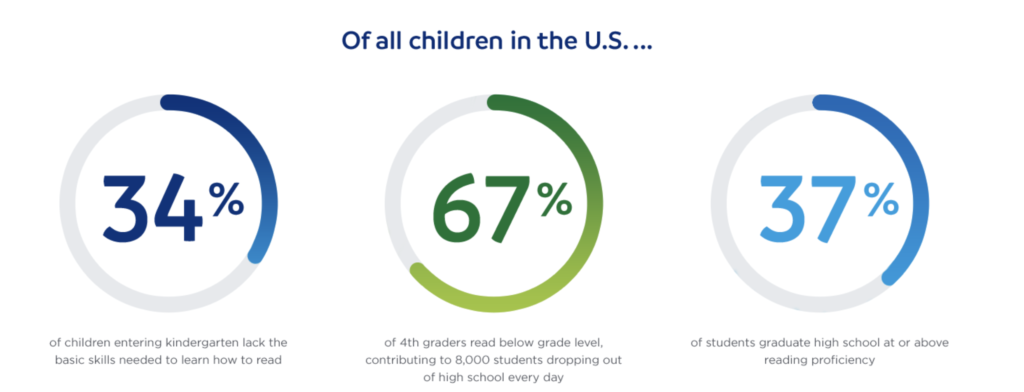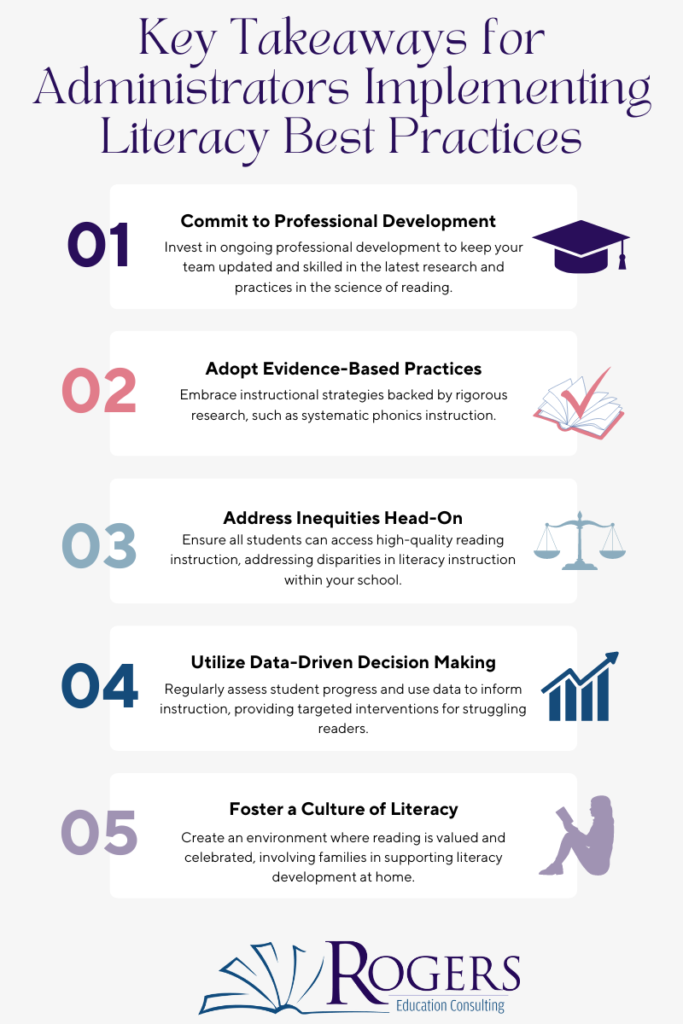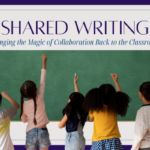The Current Landscape
As we navigate the post-COVID educational landscape, one stark reality looms large: the national reading failure rates are alarming. The pandemic exacerbated existing challenges, leading to a significant drop in literacy rates, particularly among our most vulnerable students. This isn’t just a statistic; it’s a call to action for principals and administrators to rethink and reframe their approach to literacy instruction.

Understanding the Science of Reading
At its core, the science of reading is a comprehensive, interdisciplinary body of research about reading and issues related to reading and writing. It spans developmental psychology, cognitive neuroscience, education, and linguistics. This research provides a clear roadmap on how reading skills develop, why some students struggle, and what effective reading instruction looks like.
The Equity Imperative
One of the most pressing issues in education today is the inequity in literacy instruction and outcomes. Students from marginalized communities often receive less effective reading instruction, leading to lower literacy rates and perpetuating cycles of disadvantage. The science of reading offers a path forward, grounded in evidence-based practices that can close these gaps and ensure all students have the opportunity to succeed.
The Transformative Potential
The transformative potential of the science of reading cannot be overstated. Research indicates that with the right methods, 90% of children can learn to read. This is a powerful statistic that underscores the importance of adopting science-backed instructional strategies. By doing so, we can significantly reduce reading failure rates and create a more equitable education system.
Key Takeaways for Administrators
- Commit to Professional Development: Ensure that your teachers are well-versed in the latest research and practices in the science of reading. Invest in ongoing professional development to keep your team updated and skilled.
- Adopt Evidence-Based Practices: Move away from outdated methods and embrace instructional strategies that are backed by rigorous research. This includes systematic phonics instruction, which is highly effective for early reading development.
- Address Inequities Head-On: Be proactive in identifying and addressing the disparities in literacy instruction within your school. Ensure that all students can access high-quality reading instruction regardless of their background.
- Utilize Data-Driven Decision Making: Regularly assess student progress and use this data to inform instruction. This helps in identifying struggling readers early and providing targeted interventions.
- Foster a Culture of Literacy: Create an environment where reading is valued and celebrated. Encourage reading across the curriculum and involve families in supporting literacy development at home.
Conclusion
The science of reading is not just a buzzword; it’s a proven approach that can revolutionize literacy instruction in our schools. As principals and administrators, you have the power to lead this change. By embracing research-backed practices, addressing inequities, and committing to ongoing professional development, you can ensure that all students have the opportunity to become proficient readers. Let’s take this journey together, transforming lives one reader at a time.
For more insights and practical strategies on implementing the science of reading in your school, follow our LinkedIn, Facebook, and Instagram updates.



